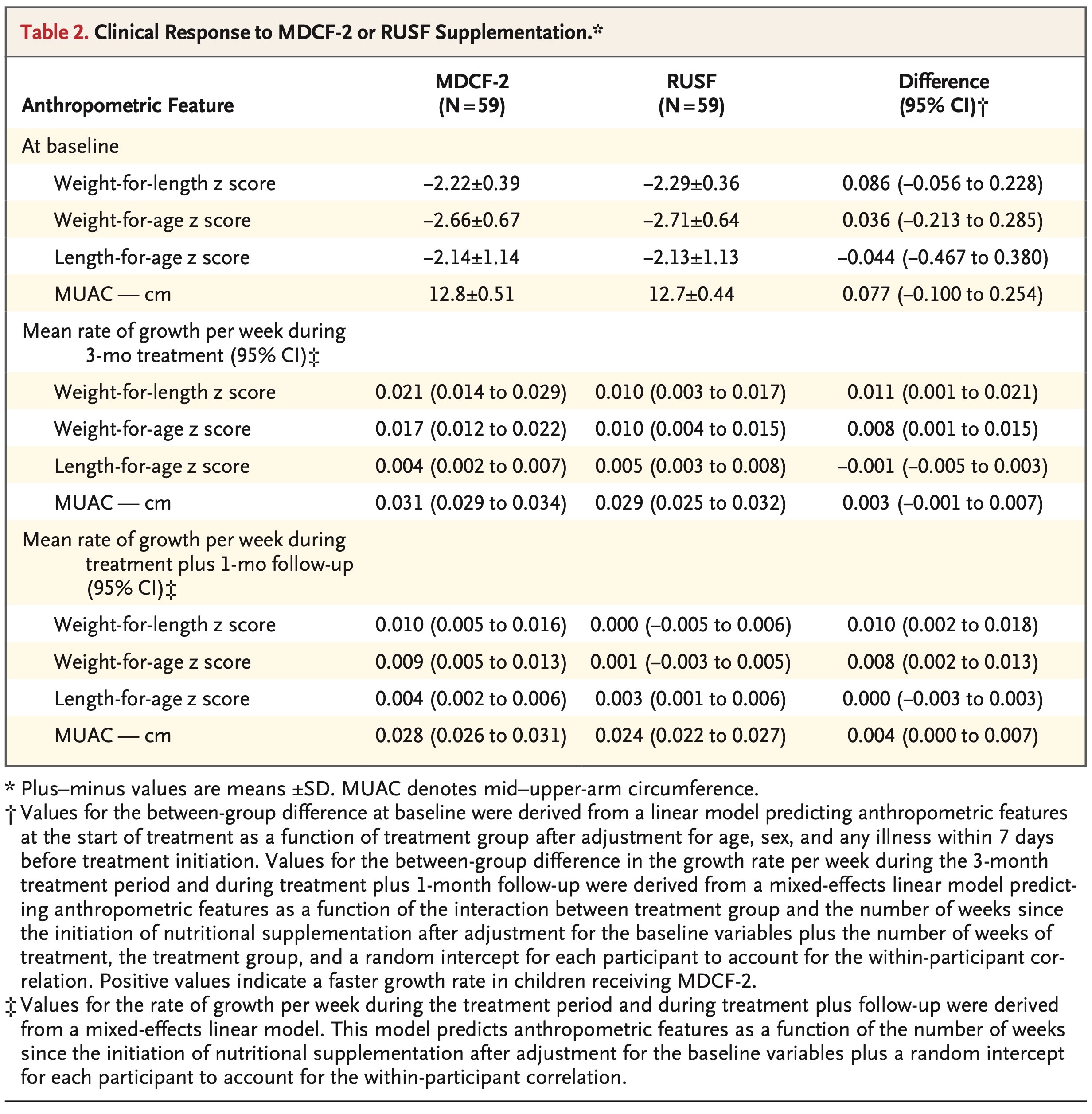Beyond stool transplantation: Microbiome-assisted treatment of child malnutrition
FMT may be the most promising procedure for intestinal flora modification, with significant success in treating recurrent Clostridioides difficile infections, for example.
A closer look at a diet that promotes the microbiome's natural development
Microbiome alterations have been described in numerous diseases.1 However, influencing the microbiome in a therapeutic sense is difficult, even though great success has been reported in some cases. Perhaps the most promising procedure to date for modifying the intestinal flora is faecal microbiome transplantation (FMT). This has had significant success in the treatment of recurrent Clostridioides difficile infections, for example.2
A recent study reports practical success in treating microbiome disorders with dietary methods.3 The research involved scientists from Bangladesh and the USA led by Jeffrey I. Gordon of the Center for Gut Microbiome and Nutrition Research at Washington University School of Medicine in St. Louis, USA. The study demonstrated the superiority of a microbiota-directed complementary food (MDCF-2) over a ready-to-use supplementary food (RUSF) in feeding children with moderate malnutrition.3
The current publication is the culmination so far of a programme of studies that has, among other things, investigated the development of the gut microbiome of children up to the age of two.4 It had been shown that the microbiome of children can be described as a network of 15 bacterial taxa.4 According to the scientists, malnutrition leads, among other things, to a delayed and impoverished development of the gut microbiome. By studying gnotobiotic mice, i.e. mice originally bred germ-free whose population of microorganisms was then systematically added, bacterial taxa predisposing to weight gain could be identified, including some species of the 15 naturally occurring in the infant microbiome.4
Based on nutritional experiments in the gnotobiotic mice, Gordon's researchers developed several dietary formulas aimed at restoring an age-appropriate natural microbiome in the infants. Of these diets, MDCF-2 proved effective.5
MDCF-2 is superior to conventional convenience foods
In the search for components of MDCF, the researchers were guided by foods that were regionally available in Bangladesh. The starting point was therefore peanuts, chickpeas and tilapia fish. However, due to the high cost of the fish, the scientists replaced it with a combination of 16 plant components.5
MDCF-2 was tested in the laboratory and then in children with severe malnutrition and optimised for its effects on plasma proteins, anthropometric effects, plasma metabolites, and normalising effects on an age-appropriate microbiome.5
In the current study, researchers investigated the effects of a common ready-to-use supplementary food (RUSF) compared to MDCF-2 on 118 moderately malnourished children from a slum in Bangladesh. For three months, 59 children received 50 g of RUSF twice a day, and the other 59 children received MDCF-2. A follow-up was done during a fourth month of the study.

Tab. 2: Comparison of the effects of MCDF-2 and RUSF diets on growth indicators (after [3]).
Table 2 summarises the results regarding different growth measures of the children. Thus, the MDCF-2 diet proved to be clearly superior to the RUSF diet. The plasma proteome also normalised significantly more under MDCF-2 than under RUSF. Overall, the researchers demonstrated significantly greater positive effects of MDCF-2 on levels of a total of 70 plasma proteins and 21 bacterial taxa. Among the affected variables were those that promote bone growth and the development of the nervous system.
Although MDCF-2 was calorically less rich than the RUSF diet (204 vs. 247 kcal/50 g), the children's body weight per height normalised significantly more strongly and faster under MDCF-2 than under RUSF.
The treatment of gut microbiome disorders is thus by no means limited to the use of FMT. On the contrary, the research project presented demonstrates the potential that lies in the scientifically sound selection of suitable foods when it comes to specifically influencing the intestinal flora.
Sources:
1. Vindigni SM, Surawicz CM. Fecal Microbiota Transplantation. Gastroenterol Clin North Am 2017; 46: 171-185.
2. van Nood E, et al. Duodenal Infusion of Donor Feces for Recurrent Clostridium difficile. N Engl J Med 2013; 368: 407-415.
3. Chen RY, et al. A Microbiota-Directed Food Intervention for Undernourished Children. N Engl J Med 2021; 384: 1517-28.
4. Raman AS, Gehrig JL, Venkatesh S, et al. A sparse covarying unit that de- scribes healthy and impaired human gut microbiota development. Science 2019; 365: eaau4735.
5. Gehrig JL, et al. Effects of microbiota-directed foods in gnotobiotic animals and undernourished children. Science 2019; 365: eaau4732.